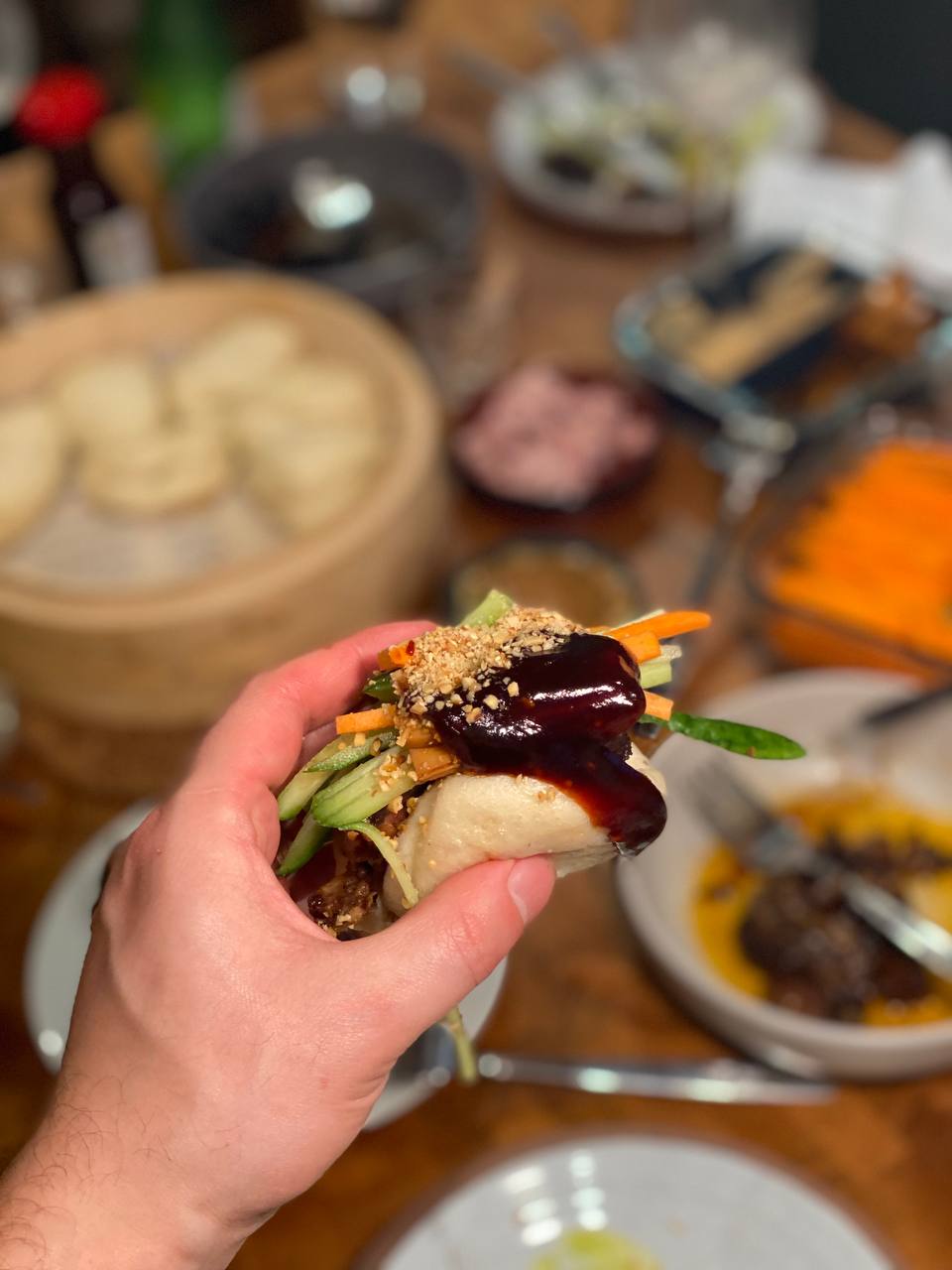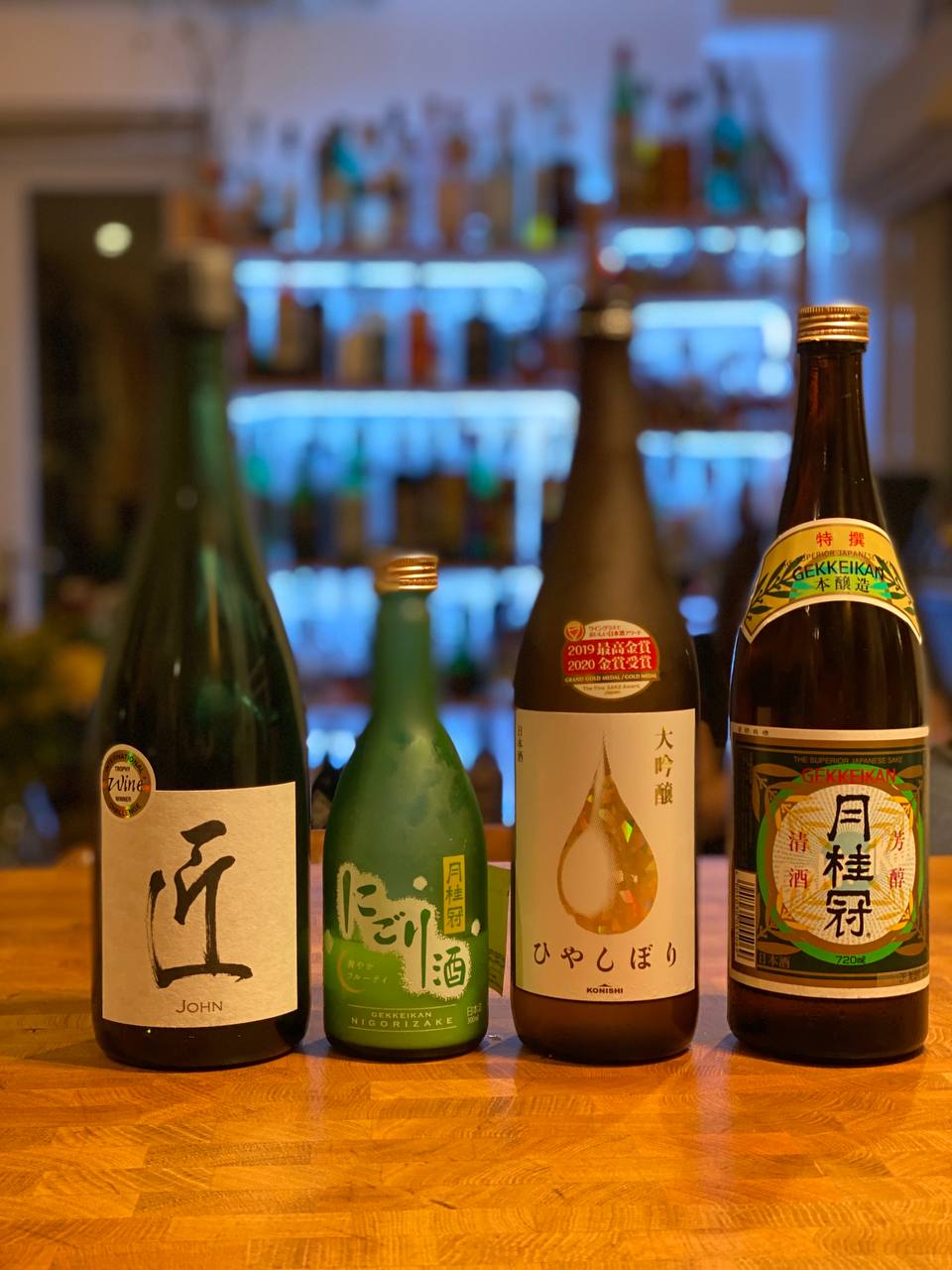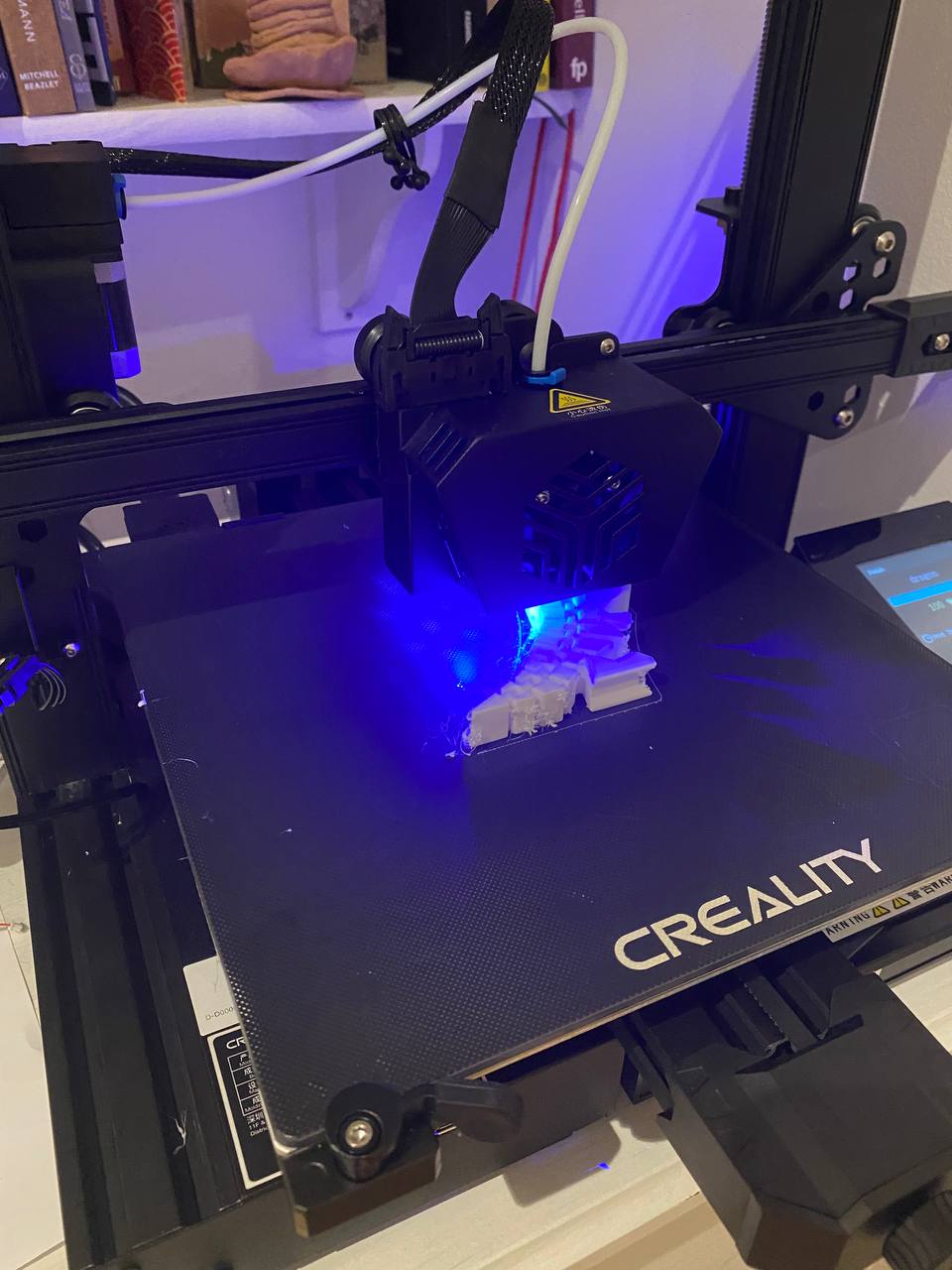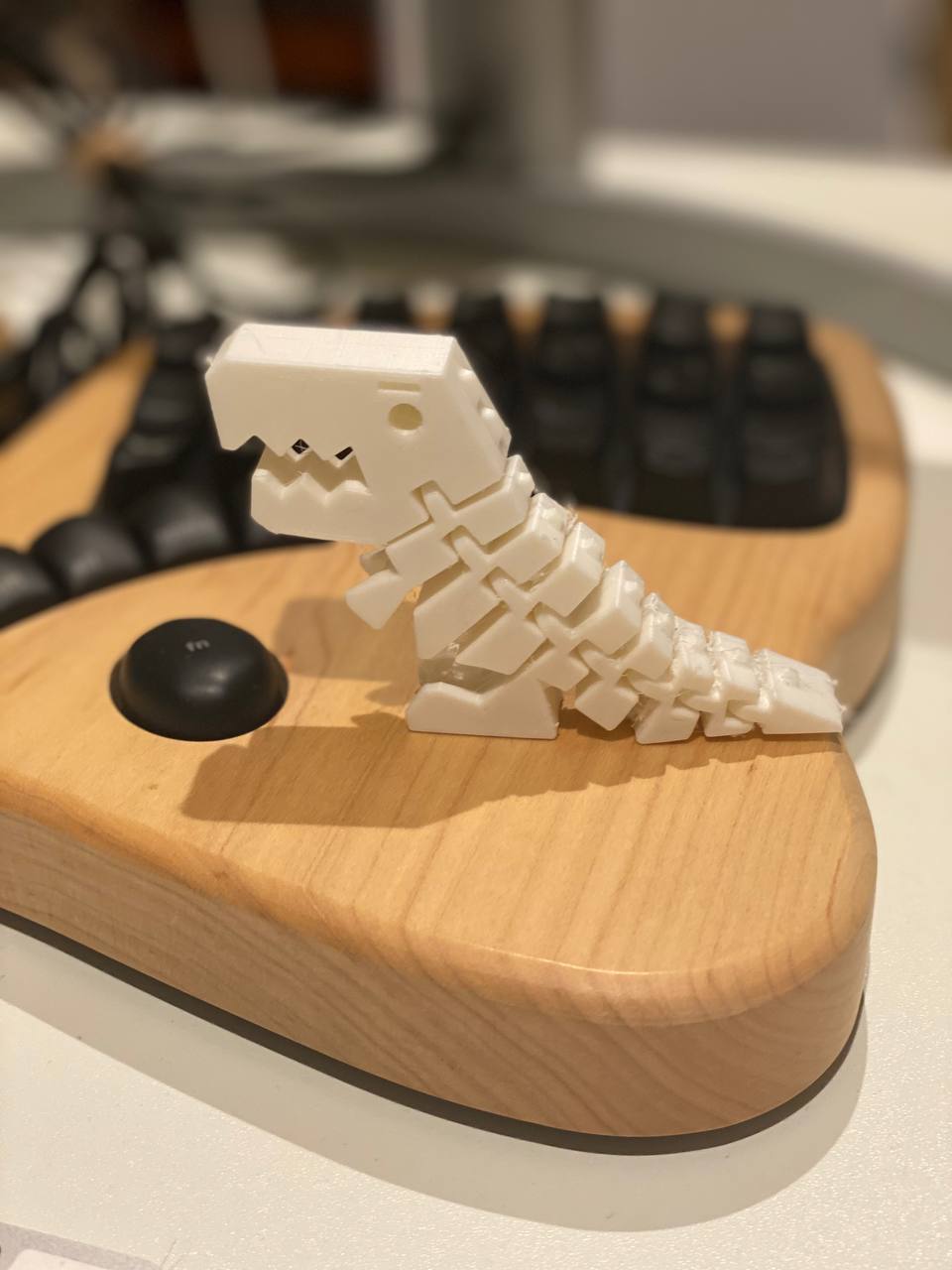Tuesday Triage #71
- TUESDAY TRIAGE #71 by Vadim Drobinin
- On search for inspiration
- Things I enjoyed reading
- 1. The World’s Deadliest Thing by @One_Angry_Chef
- 2. How I Got My Brain Back by Brie Wolfson
- 3. I test in prod by @mipsytipsy
- 4. What Hot Dogs Can Teach Us About Number Theory by Patrick Honner
- 5. 77 Ways to Design the Letter 'M' by Eric Jaffe
- 6. Cat and Mouse by Phil Hoad
- 7. The Early Access Retrospective by @jordanmorgan10
- 8. They set out to hike America’s three longest trails in less than a year. What could go wrong? by @GinaFerazzi and @faithepinho
- 9. Inside food’s new Silicon Valley by Mary Holland
- 10. How NOT to screw up switching your app to subscriptions by @mronge
- Things I didn't know last Tuesday
- 1. Sikterusa coffee
- 2. Tacos gobernador
- 3. Selling by the leaf
- 4. Atomic Fun
- 5. (Disconnected) Consciousness
- 6. Eurythmy
- 7. Spiral Staircase Myth
- 8. Roll Tide
- 9. Difference between ten, eleven, and numbers after
- 10. Music on hold
- Book of the week
- Thank you and see you in a week!
TUESDAY TRIAGE #71
by Vadim Drobinin ¶
Your weekly crème de la crème of the Internet is here!
23.11.2021 (read in browser)
-
Intro
Whatever is on my mind this week. -
Things I enjoyed reading
Ten-ish articles I found worth reading. -
Things I didn't know last Tuesday
Ten-ish facts I didn't know when I wrote the previous edition. -
Book of the week
Some thoughts on the latest book I've read.
On search for inspiration ¶
Last week I complained about ruined hoshigaki and successfuly finished fermented sausages.
Well, this week I can confirm that Saucisson Sec turned out lovely albeit too wet to enjoy as a cold cut.

I can easily see it being further cooked as a part of breakfast, or in a quiche, but without some intensive drying it's not really appealing on a platter with cheeses and other appetisers. Sadly both the weather and free time didn't allow me to try out hot smoking, but I will definitely get to it (hopefully faster than the mold will get to the sausages).
We've also boosted our bao and ramen game.
I've already had a few attempts at the former, and both times the dough didn't raise as much as I would expect it to; this time I resorted to one of the classic Modernist Bread's recipes and it turned out way better.

The ramen this time was more picturesque and definitely tastier, albeit I still find the previous one, based on the classic recipe and utilising grashopper garum, to be way closer to the true spirit.

We had friends over for the occasion, and got to revive our sake tasting skills:

In the meantime I am slowly getting ready for a new project: I've been slowly building and setting up a 3D printer, which is now is up and running, and even went through the first rounds of fine tuning.

I didn't print anything useful yet, only this test model of a flexible T-Rex, but the ultimate goal is to make negatives for food moulds, and then turn them into proper food-grade moulds for tuiles and whatnot using silicone.

Still quite hilarious which article inspired all of that.
Things I enjoyed reading ¶
1. The World’s Deadliest Thing by @One_Angry_Chef ¶
Whenever I cook, I am very concerned about food safety, even though sometimes certain practices are a bit overwhelming by home standards (especially when it comes to New Year's Eve celebration, where lots of salads and meat stay at a room temperature for 10-12 hours).
However there is one thing I fear the most: botulism.
In late 18th Century Stuttgart, Justinus Kerber, in the spirit of many a great medical pioneer, very nearly killed himself in the name of science. Investigating a series of so called ‘sausage poisonings’, mysterious cases of rapid and often fatal paralysis linked to preserved meats, he dropped the distilled extract of several suspect salamis onto his own tongue.
Those familiar with Latin would recognise the same root in the disease's name as in the word sausage, "bolutus", so after this story it finally makes sense.
2. How I Got My Brain Back by Brie Wolfson ¶
An unusual (at least to me) approach of the author dealing with depression, which includes writing two independed journals: a reactive and a pro-active.
My Reactive Tracking System took the form of a log of times I felt the sad wave. I logged the intensity of my sadness on a five-point scale and recorded the time, place, what I was doing, who I was doing it with, what was on my mind, and anything else that felt relevant. (I landed on five because I wanted to capture sufficient nuance without diluting the data.) I also made sure to log what I was doing in the hour before bed and in the hour after I woke up every day. My morning log always included a best estimate of how much sleep I got according to my Apple Watch. Over time I also included my own impressions of sleep quality (ie. how tired did I feel when I woke up?).
I certainly see benefits in it even if you don't have epilepsy. There are lots of people I respect who use a smart combination of Telegram bots to track changes of their mood and sleep on day-to-day basis, and then use it to draw conclusions about their life decisions.
This post gives way more examples though.
3. I test in prod by @mipsytipsy ¶
For the past four or five years I wrote a very small amount of tests. Mostly because I find unit tests rather redundant (and this is a topic for a separate post), but also because the most dangerous crashes and bugs I've encountered won't be spotted neither by those tests, nor by manually running the app in a testing environment.
There’s a lot of daylight between just throwing your code over the wall and waiting to get paged and having alert eyes on your code as it’s shipped, watching your instrumentation, and actively flexing the new features. There’s plenty of room for variation according to security needs, product requirements, and even sociocultural differences between teams. The one constant, however, is this: A modern software engineer’s job is not done until they have watched users use their code in production.
These days the focus slowly shifts towards understanding this concept, and less and less companies are insisting on wasting developer's time tasting some minor parts of the flow. Your milage may vary, obviously.
4. What Hot Dogs Can Teach Us About Number Theory by Patrick Honner ¶
Continuing on the topic of sausages, every time we cook hot dogs we deal with the Chinese remainder theorem, which I vaguely remember from my years of competitive programming, and this is a really nice way to refresh these memories:
If you’ve ever had to buy hot dogs for a cookout, you might have found yourself solving a math problem involving least common multiples. Setting aside the age-old question of why hot dogs usually come in packs of 10 while buns come in packs of eight (you can read what the National Hot Dog and Sausage Council has to say about it here), let’s stick to the math that gets our hot dogs to match our buns. A simple solution is to buy eight packs of hot dogs and 10 packs of buns, but who needs 80 hot dogs? Can you buy fewer packs and still make the numbers match?
I would buy eight packs anyway, and just freeze all the leftovers, but that's my chest freezer speaking.
5. 77 Ways to Design the Letter 'M' by Eric Jaffe ¶
A really interesting analytics on almost a hundred of different subway logo designs from all over the world, starting with the way they choose fonts to the way they render the background.
Two sub-classes of motion M’s take the concept of movement into unexpected directions. Several M’s have wings, Prague and Bucharest among them, which somewhat awkwardly reminds people how much slower trains are than planes. The Dnepropetrovsk (Ukraine) M, meanwhile, is arguably resting on a cloud. Still other metros pair the wonders of urban rail technology with … remote wildlife. Looking at you, Samara (Russia) goat and Nizhny Novgorod (Russia) deer.
Not sure if that's intentional or not, but the author misses that Russian metro logos often feature the city's coat of arms, which is indeed includes a goat in Samara, or a deer in Nizhny Novgorod.
At least there is no metro in Zheleznogorsk, as I am pretty sure their coat of arms would only make jokes about Russians stronger.
6. Cat and Mouse by Phil Hoad ¶
A proper detective story about London-based serial killer of the last decade, who "specialised" on pets. There is no proper closure, as at some point the police gave up and blamed foxes:
The police claimed that “hundreds of reported cat mutilations in Croydon and elsewhere were not carried out by a human and are likely to be the result of predation or scavenging by wildlife of cats killed in vehicle collisions.” In short: A fox did it. The Met had spent 2,250 police hours and the resource equivalent of some $180,000—roughly as much as it had sunk into investigating a recent series of armed robberies—to announce that the culprit was orange, whiskered, and crafty.
But the actual investigation details and many side stories are really interesting.
7. The Early Access Retrospective by @jordanmorgan10 ¶
If you ever wondered of how hard (or easy) it is to run a technical book as a side project, here is an exceptionally detailed post with pros, cons, and even tips on making the next run more successful:
Such a simple lesson that I too soon forget. Balance is important, and keeping it in check is paramount. As my heart leans more and more to wanting to explore being truly independent, I’ve come to realize that I would need to execute on a strategy that allows me to do all three of those things, but in a way that I can make money to provide for my family. Another post for a different day, perhaps.
This advice applies to pretty much anything in life as well, and is probably really hard to perfect too (but definitely worth trying).
8. They set out to hike America’s three longest trails in less than a year. What could go wrong? by @GinaFerazzi and @faithepinho ¶
I'd probably never consider going for a very long hike, as living in the woods without a pizza oven and Internet connection doesn't amuse me, but I do enjoy reading stories about those who actually love that:
Once summer started, they ditched their camp stove. Hot mashed potatoes mixed with cheese and deli meat gave way to protein bars and almond-butter-and-jelly sandwiches. They reverted to cold-soaking their instant potatoes and rice — mixing dehydrated food with water in a bag and letting the sun bake it as they hiked. Parell lost about 30 pounds.
Sometimes I also find joy in reading these stories and thinking, well, glad I didn't do it myself.
9. Inside food’s new Silicon Valley by Mary Holland ¶
Those close to the world of food know that Copenhagen is probably the most mentioned city when it comes to unusual dishes, starred chefs, and all things fermentation. No surprise they are already dubbed "food's Silicon Valley", and probably will have this name for years to come.
The dish looks like any course you might expect to find at a high-end restaurant in Copenhagen: a speckled, ceramic bowl with two half-moon-shaped dumplings, filled with squid and spiced sausage, delicately placed in a pool of zingy lemongrass broth. The dumplings look fabulous, but there’s more to them than meets the eye. Rather than just using regular flour, they’re also made from a byproduct: fish bones. “Instead of throwing [the bones] out, we process them into a fine ‘pulp’, then use that to create a dumpling dough,” explains Matt Orlando, chef and owner of Amass, the restaurant responsible for dreaming up the dish.
Utilising as much of ingredients as possible is not a new concept, but these days it takes unusual turns. Even I ferment pumpkin seeds to burn them into ashes and then use as a powdered umami boost, imagine what could chefs do in their labs?
10. How NOT to screw up switching your app to subscriptions by @mronge ¶
Here is a story as old as the Old Testament: some folks with a very famous app decided to switch to charging users monthly, and faced a terrible backslash from the community, even though there is nothing wrong with building a sustainable business (which is hardly possible when you charge for the product only once). This post has a few suggestions on how to avoid it:
When switching to subscriptions, talk to lots of people about it. You want to ensure that you don’t have any blind spots. Talk to some existing customers one on one, see how they react to the news. Put together a message announcing the switch, share it with your team and others you trust. Ask them what they take away from the message. Rinse and repeat this process until you’re happy with the reaction.
I'd also add, don't do a U-turn a few days later, that probably won't help much.
Things I didn't know last Tuesday ¶
1. Sikterusa coffee ¶
Here is a great idea from Sarajevo: serve guests a bad-tasting coffee so they know it's time to leave.
When you visit locals, you are offered docekusa. Before leaving, you drink sikterusa. If you are having coffee and the person adds water to it, making it a doljevusa, it is because they want you to linger longer, to make the coffee cup last an extra few minutes, to keep the conversation going.
The origins seem to come from the Turkish word "Siktir", which means "fuck off". What a beautiful name for a coffee, innit?
2. Tacos gobernador ¶
An odd name, and the story behind it is as simple as many: some restaurant decided to impress a governor and came up with the recipe.
Tacos gobernador (lit. governor's tacos) are Mexican tacos named after a Sinaloan governor. In order to prepare the dish, warm tortillas are filled with a combination of shrimps, grated cheese, coriander, onions, and tomatoes. The tortillas are then folded in half, brushed with butter, and cooked on a griddle over medium heat.
At least now I won't get confused in Mexican restaurants.
3. Selling by the leaf ¶
Someone bought one of a very few copies of the “St Albans Bible”, and started to sell it page by page (as each one of them was very beautiful).
Every page is adorned with exuberant decoration, usually with gold leaf. The manuscript also contains numerous historiated initials, like the letter S above. With so much beauty on each page, to Duschnes the manuscript must have seemed ideal for breaking and selling by the leaf. In 1965, he began offering individual leaves for sale in his catalogue 169, stating that others from the same manuscript were available. Cut to order.
The hilarious part is that today it reads like a horror story to people in the industry, but to me, a layperson, it sounds like a great way to multiply one's income. Also a single framed page would look way better on the wall than the whole book.
4. Atomic Fun ¶
I am not really surprised, but there is a dedicated page on a Russian nuclear agency's website dedicated to funny stories from Soviet times related to the nuclear research:
But maybe Russia is different. Maybe they’ve just got a deeper sense of pathos, and a sense of shared victimhood. The Soviet atomic bombs were built under Stalin. Lavrenty Beria, one of the most fearsome figures in Soviet history, ran the program. Forced GULAG labor was used for the project, under horrendous conditions. The whole thing is just so dark that maybe, perhaps, you can get away with a little humor — maybe it’s a necessary thing.
The author translates a few into English, but for those who can read them in Russian I'd strongly recommend going straight to the source. They are not funny per se, but there is something very ironic in every single one.
5. (Disconnected) Consciousness ¶
This is a pretty cool paper on using a near-death experience (mostly in a form of a trained freediver holding breath for 6-7 minutes) to explore the connection between meditation, consciousness, and many more things.
Forty-five years ago, the first evidence of near-death experience (NDE) during comatose state was provided, setting the stage for a new paradigm for studying the neural basis of consciousness in unresponsive states. At present, the state of consciousness associated with NDEs remains an open question. In the common view, consciousness is said to disappear in a coma with the brain shutting down, but this is an oversimplification. We argue that a novel framework distinguishing awareness, wakefulness, and connectedness is needed to comprehend the phenomenon.
If true, it'd explain many theories from the past, including astral projections.
6. Eurythmy ¶
Rudolf Steiner, the man who invented the idea behind biodynamic wines, did lots of things (not necessarily good), including an education system which also covers how to dance one's name.
Eurythmy is an expressive movement art originated by Rudolf Steiner in conjunction with Marie von Sivers in the early 20th century. Primarily a performance art, it is also used in education, especially in Waldorf schools, and – as part of anthroposophic medicine – for claimed therapeutic purposes.
There is a bunch of examples on YouTube, but it'd need more than a simple vocabulary to understand, at least to me.
7. Spiral Staircase Myth ¶
There is a very common myth (up until now I didn't think of it as a myth) that spiral staircases are clockwise to aid right-handed defenders as it will be inconvenient for attackers to hold swords and climb up. Seems like it's not the real reason:
If staircases were genuinely engineered for military purposes, then we should always find that they turn clockwise. However, as scholars such as Neil Guy and Charles Ryder have demonstrated, there are a substantial minority of newels which turn anti-clockwise (approximately 30% of all surviving examples).
And seems like the origins of the myth are quite young, only a hundred years or two, and the post behind the source even traces it back to the author.
8. Roll Tide ¶
Folks from Alabama have a phrase that evolved from a university cheering to a universal way to lighten up someone's mood.
But Roll Tide is not limited to the gridiron, nor is it only meant as a rallying cry. Fans sometimes say “roll tide” or use the social media hashtag “#RollTide” to refer to carrying on, as a greeting to other fans, or as a means of showing excitement over something, be it related to ‘Bama athletics or to their own life.
Probably now I am ready for a trip to the South.
9. Difference between ten, eleven, and numbers after ¶
That's by far not the first time I muse about oddities from English language's past, but this one used to bother me from my very childhood, even though teachers kept saying "that's just how the language works". In fact, it doesn't, that's just how humans work.
Similarly, why do we say eleven and twelve but then, beginning at thirteen, revert to forms relating to ten? Okrent hypothesizes that ancient Englanders “didn’t have much reason to distinguish numbers above ten,” and the language therefore didn’t develop higher-order figures, with their novel, ten-dependent numbering system, until banking and commercial enterprises had sufficiently matured. (Similarly, the Spanish words for numbers switch to the teens at 16, while French and Italian shift at 17.) “The words we needed earliest and used the most frequently are usually the most irregular,” she writes. “Their weirdness is a sign of their importance.”
Same rules apply to street names (the simpler the older) and verbs (irregular ones are most basic and are probably way older) and so on.
10. Music on hold ¶
I very rarely use my phone for its original purpose and yet when I do, most of the time I am waiting on hold, usually listening to some random music without words, which got me thinking who was the first to play that vile joke with people: apparently a factory owner found it out by luck:
Music on hold was created by Alfred Levy, an inventor, factory owner, and entrepreneur. In 1962, Levy discovered a problem with the phone lines at his factory: a loose wire was touching a metal girder on the building. This made the building a giant receiver, so that the audio broadcast signal from a radio station next door would transmit through the loose wire, and could be heard when calls were put on hold.
It got patented by him later and as you can see still works quite well.
Book of the week ¶
Just started reading a new book, this time spotted on our weekend trip to a nearby city.
I rarely pick up books from a shelf just based on their titles. The best titles are usually quite cryptic, or unexpected, or call for an explanation.
This is was the case with this book as well, as Bill Buford called a book Dirt and put it in the Food section.
The author is a journalist, and that's where the best books for foodies come from, and at some point in life he abandons New York and with his wife and three kids flies to France. He doesn't speak French, doesn't have friends or acquintances in the city, and yet spends the next five years there, slowly moving from being an apprentice at Lyon’s best boulangerie, to studying at Bocuse, to cooking at a Michelin-starred restaurant.
But there was a problem with the dirt. “Merde!” Richard said. The eggplant looked like shit. Food must never look like merde.
He came up with a fix the next morning. He would roast the eggplant as before, but substitute onion (red) for the shallot, and add beets (red), tomato (red), and vinegar (red)—plus garlic, this time, for intensity. He put everything in a blender and strained it through a sieve, which yielded a bulky, almost dry texture like baby food. It also had an appealingly deep red-brown hue. (I couldn’t help myself: Had Richard added food coloring when I wasn’t looking?) It looked like a desert at sunset. It was too beautiful to be buried. It would be the topsoil. The weird, wobbly tomato would go to the bottom and be a summery surprise when your spoon reached it.
I find books written by journalists living through some experience to be of a very specific and recognisable style. This is not a necessarily bad thing, but usually I tend to stir away from all of them at once, as the concept is very predictable.
This one is an exception, as apparently there is nothing predictable when it comes to food.
It also reminded me a lot the Peter Stafford-Bow's trilogy, but his world of wine is definitely more ruthless, while Bill's world of French cuisine is more sarcastic.
Thank you and see you in a week! ¶
If you have any questions, or want to suggest a link for the next newsletter, please drop me a message on Twitter or reply to this email.
Cheers! 🍸